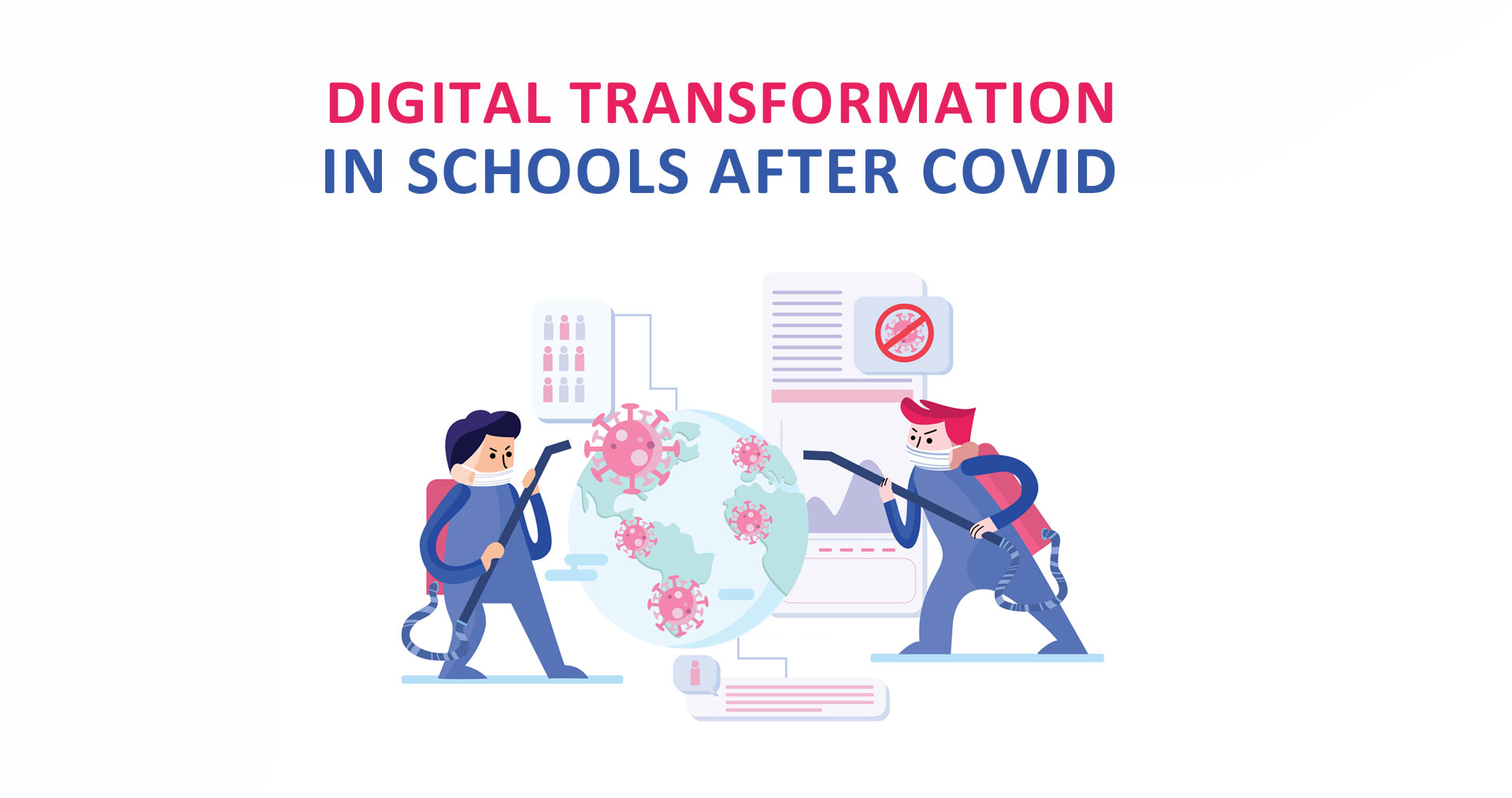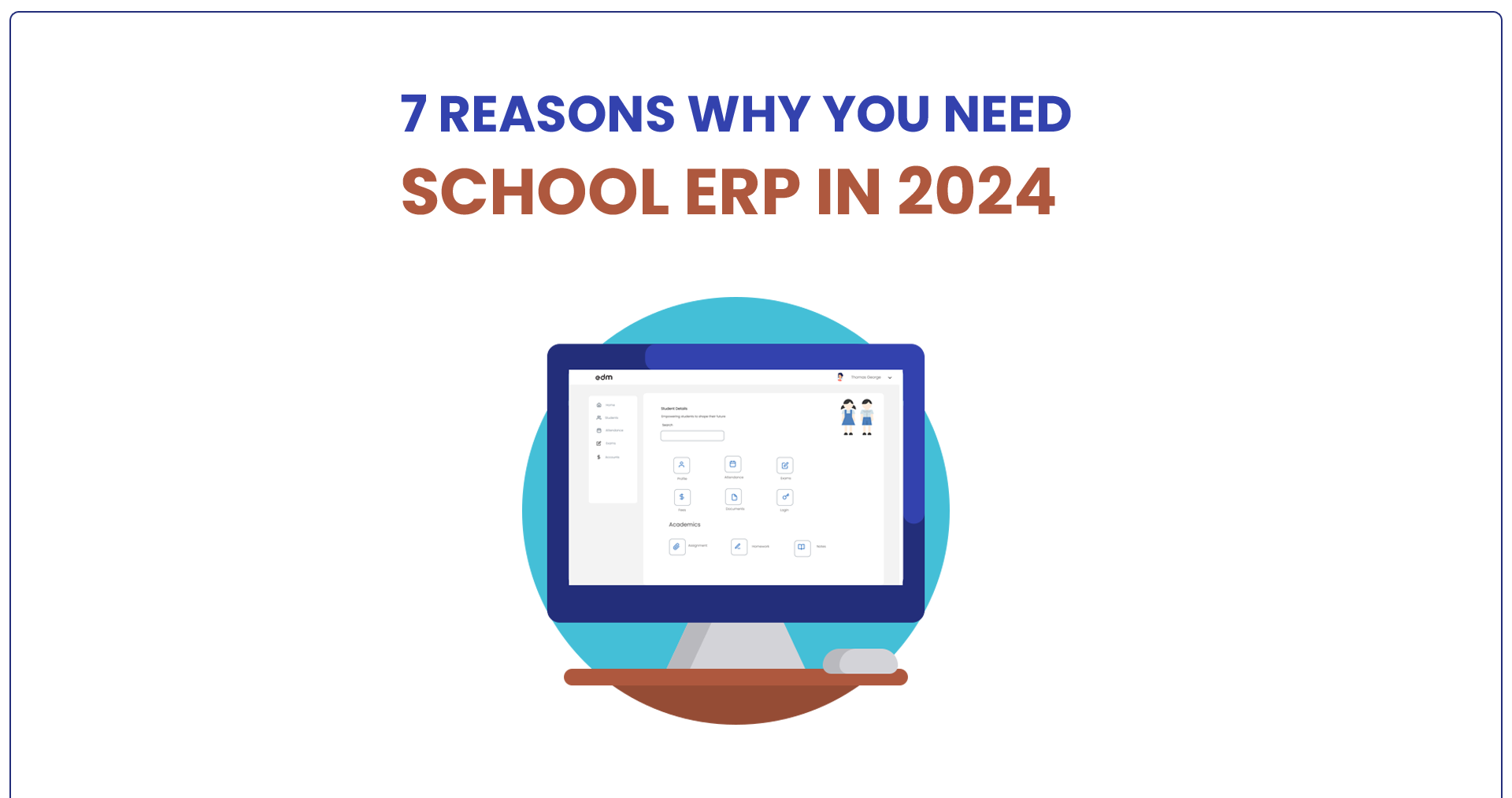The Covid-19 pandemic has had a profound impact on education, forcing schools to rapidly adopt digital technologies in order to continue providing instruction to students. This sudden shift to remote learning has been referred to as the “digital transformation” of education, and it has highlighted both the potential and the challenges of using technology in the classroom.
One of the biggest advantages of the digital transformation in schools is the increased access to education that it provides. With remote learning, students can continue their education from anywhere with an internet connection, making it possible for them to stay engaged with their studies even if they are unable to physically attend school. This is particularly important for students who may have previously faced barriers to education, such as those living in remote or underserved areas.
Another advantage of the digital transformation is the ability to personalize learning for individual students. Digital learning tools, such as adaptive learning software and online tutoring platforms, can provide customized instruction and support to help students learn at their own pace and in their own way. This can be particularly helpful for students with special needs, who may require specialized instruction in order to succeed in school.
However, the digital transformation in schools also brings with it a number of challenges. One of the biggest challenges is the unequal access to technology and the internet that still exists in many communities. In order for remote learning to be effective, students need to have access to reliable internet connections and appropriate devices, such as laptops or tablets. This can be a significant barrier for many students, particularly those from low-income households.
Prior to the pandemic, many schools were already using some form of technology in their classrooms. However, the sudden need for remote learning has accelerated the adoption of digital tools, with schools now relying heavily on platforms such as Zoom, Google Classroom, and other online learning management systems like Edumia to connect with students and deliver lessons.
The benefits of this shift to digital education are numerous. For students, it has meant greater flexibility and accessibility, allowing them to learn from anywhere and at their own pace. It has also opened up new opportunities for collaboration and engagement, with students able to participate in virtual group projects and discussions, and access a wider range of learning materials and resources online.
For teachers, digital transformation has made it easier to plan and deliver lessons, with access to a wide range of online tools and resources that can be used to enhance teaching and learning. It has also made it easier to track student progress and provide feedback, with many online learning platforms offering features such as automated grading and real-time data on student performance.



